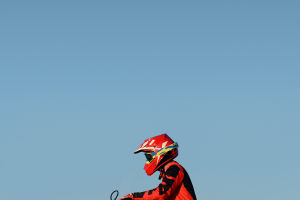Surfing is undoubtedly one of the great pleasures of the sea, let the waves beat on you as much as possible, and let the screams burst out from the waves. Surfing can make you forget your troubles and let you experience the thrill of fighting against the waves again and again.
Do you know skateboarding?
Surfing originated in Hawaii. In 1915, the sport of surfing first spread to the South American continent. In 1962, the first World Surfing Championships were held in Manly, Australia.
The highest organization in the sport of surfing is the World Surfing League, established in 1976.
What kind of surfboards are there?
Longboard: Over 2.7 meters long, suitable for beginners.
Short board: The length is less than 2.1 meters, which belongs to the technical wave board.
Gun Plate: Narrow and long, it can handle high waves similar to Hawaii.
Soft board: strong dynamic maneuverability, not limited by wave size, suitable for beginners.
Floating raft: The board is wide and the speed changes slowly, suitable for beginners to practice on the wave board.
Body Surfing: Without using any tools, the human body swims in the shallow sea, floating on the water and being propelled by the waves.
Rules for surfing.
1. Before paddling out, check the direction of the wave and choose the one that suits you. If the wave is too big, choose to give up and wait for the next wave.
2. Beginners should stay away from crowds to prevent unfamiliar surfboard operations from causing harm to others and themselves.
3. Don't be in the wave all the time. Everyone should take turns to go down the wave to prevent others from grabbing the wave from behind.
4. Do not drop the board unless you are in critical condition and you risk injury. Losing a surfboard can damage the surfboard or cause injury to others.
5. When you take the surfboard out to sea, the angle of the surfboard in your hand should be in a straight line. Never put the surfboard in front of your body to prevent the waves from hitting the surfboard and hitting your body.
6. When the surfboard collides with the waves, do not pull the safety rope and the surfboard with your hands to avoid hurting your hands.
7. Beginner surfers, please check your equipment, safety ropes and life jackets before entering the water, and do a 20-minute warm-up exercise before you can surf in the sea.
8. Beginner surfers should strengthen hand strike training, physical training, foot training, as well as forward flip and breath-hold training in water.
9. If you see a jellyfish appear or are bitten by a jellyfish while surfing at sea, go ashore and rest.
Surfing can bring a sense of pleasure, which is why many people around the world are looking for the perfect surf spot every day, just to complete a perfect chase with the waves.
But it's not just that choppy moment, it's that beautiful destination that perfectly interprets it.


